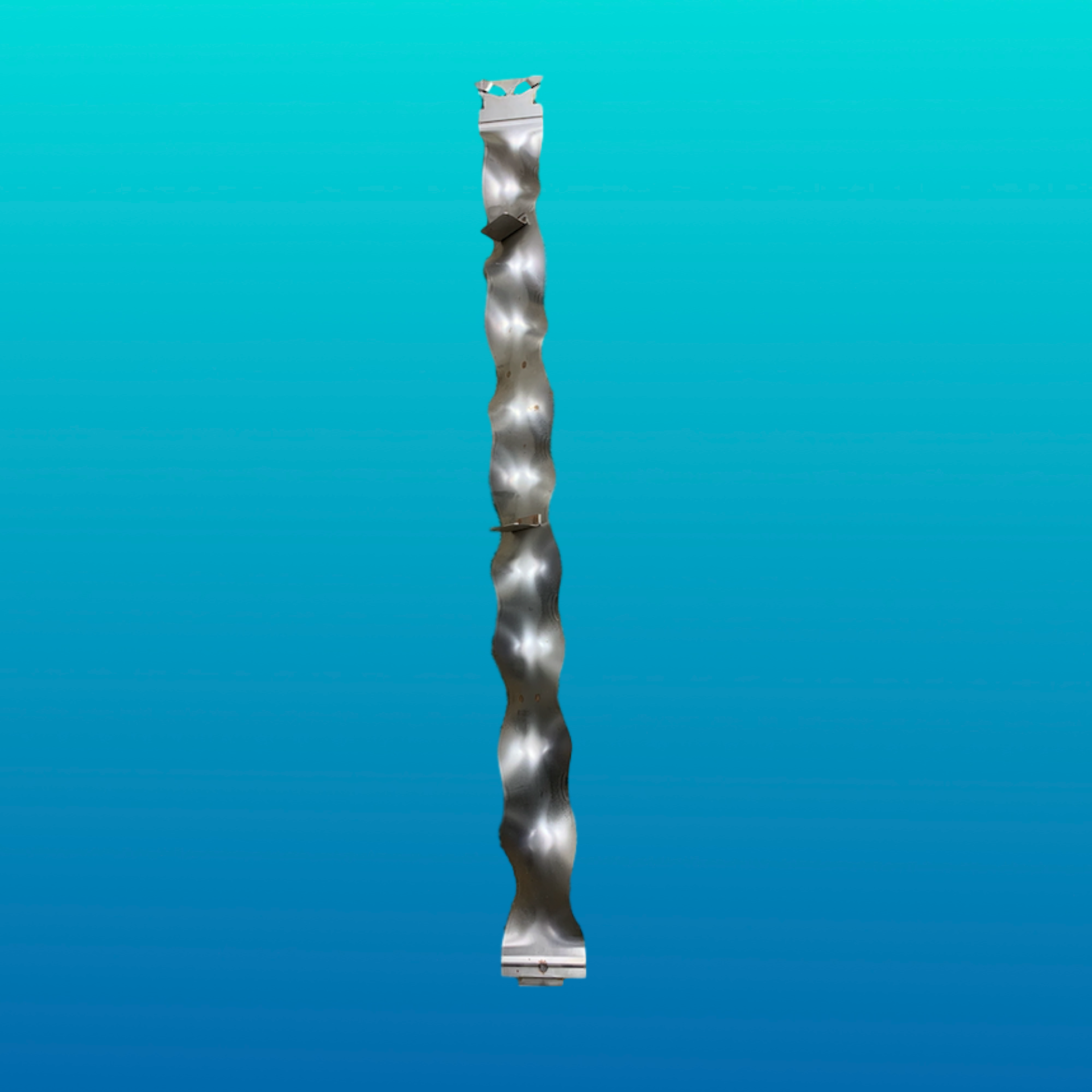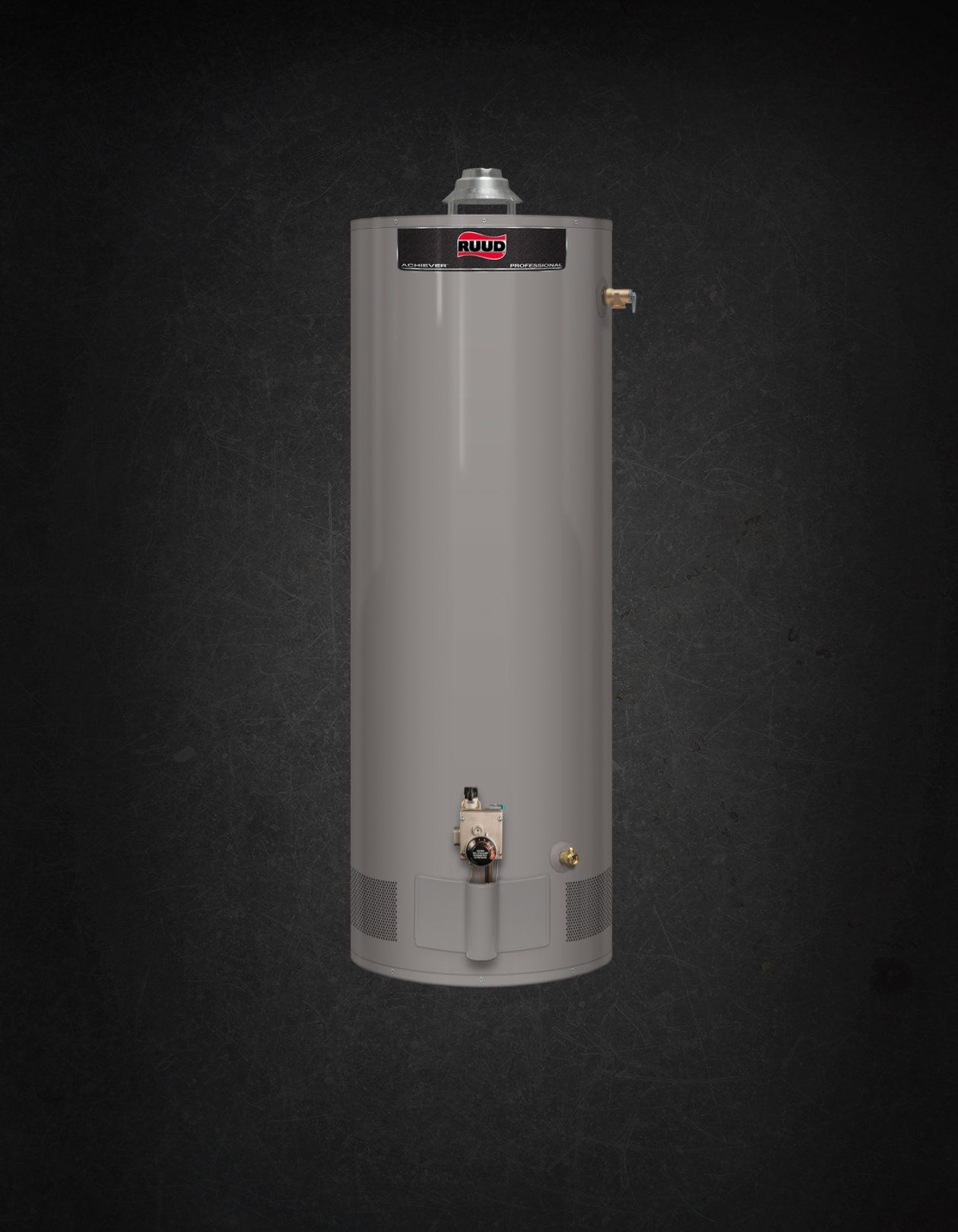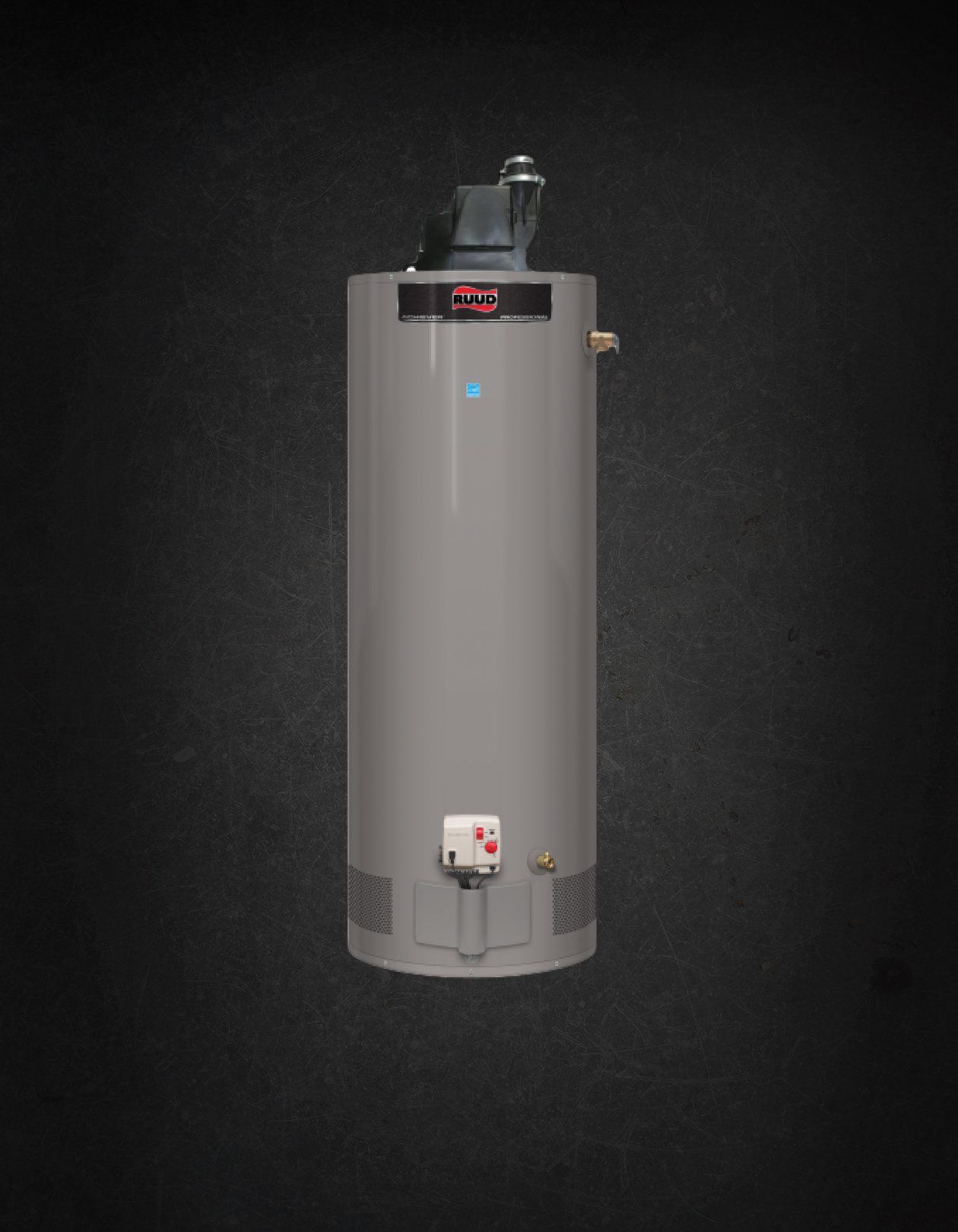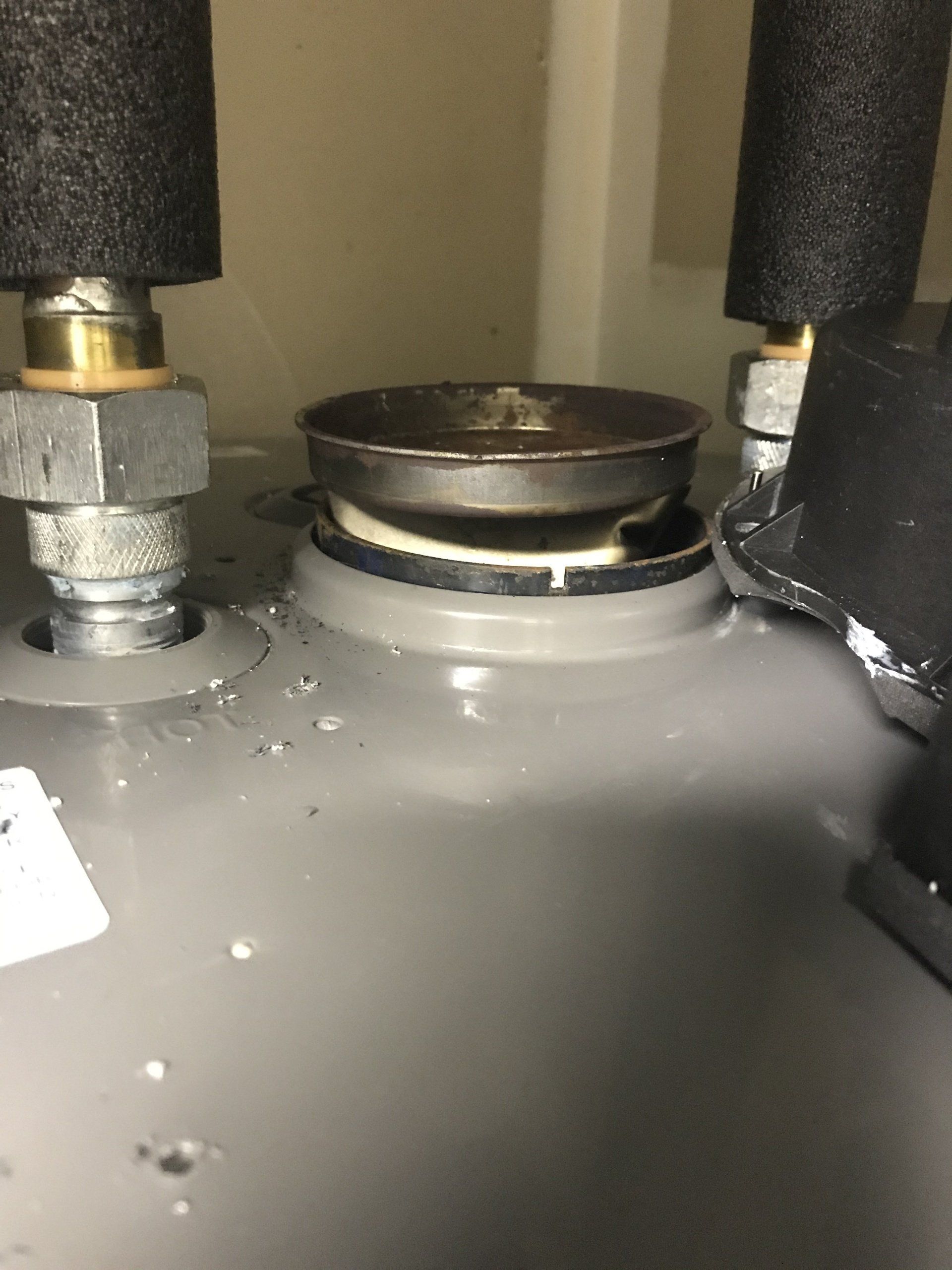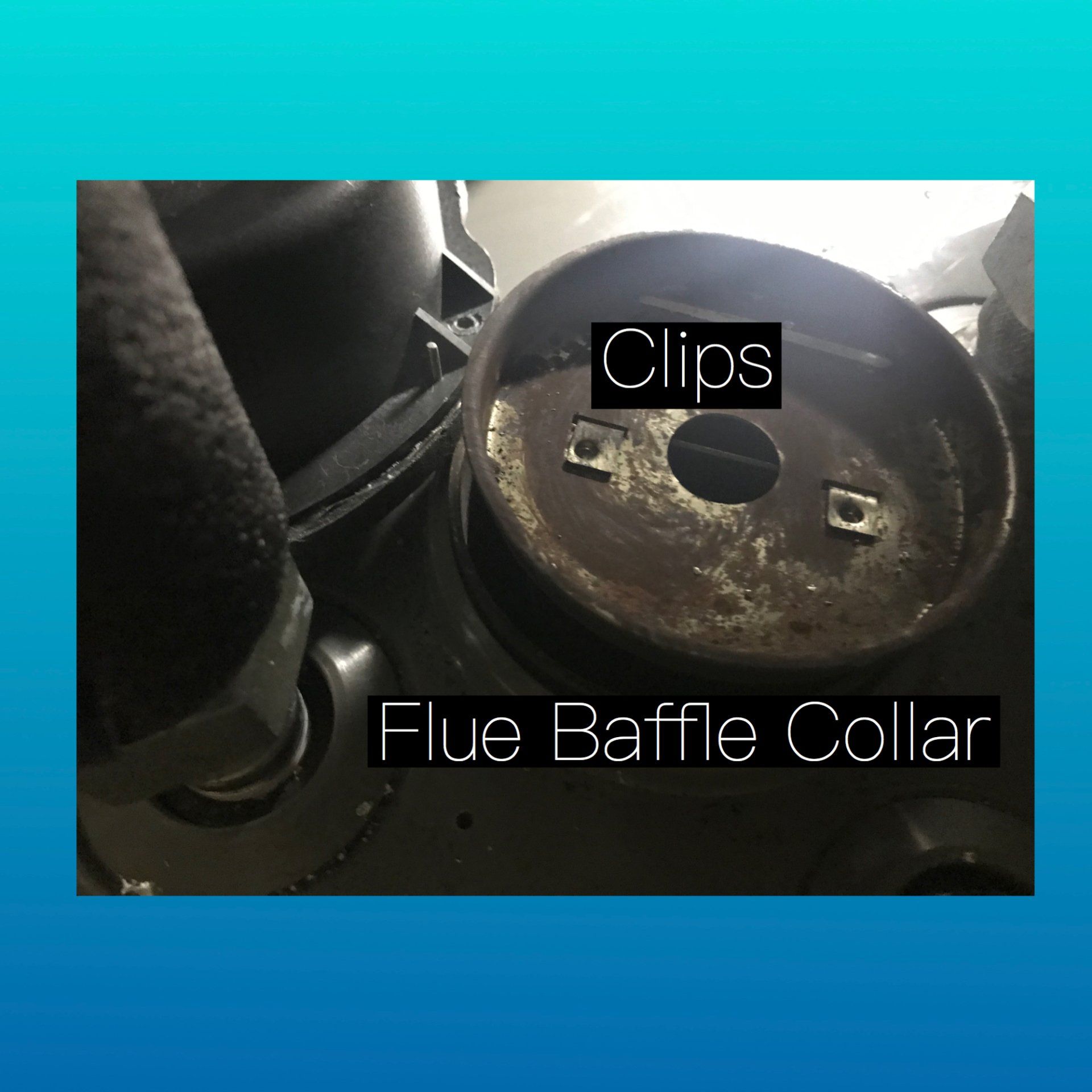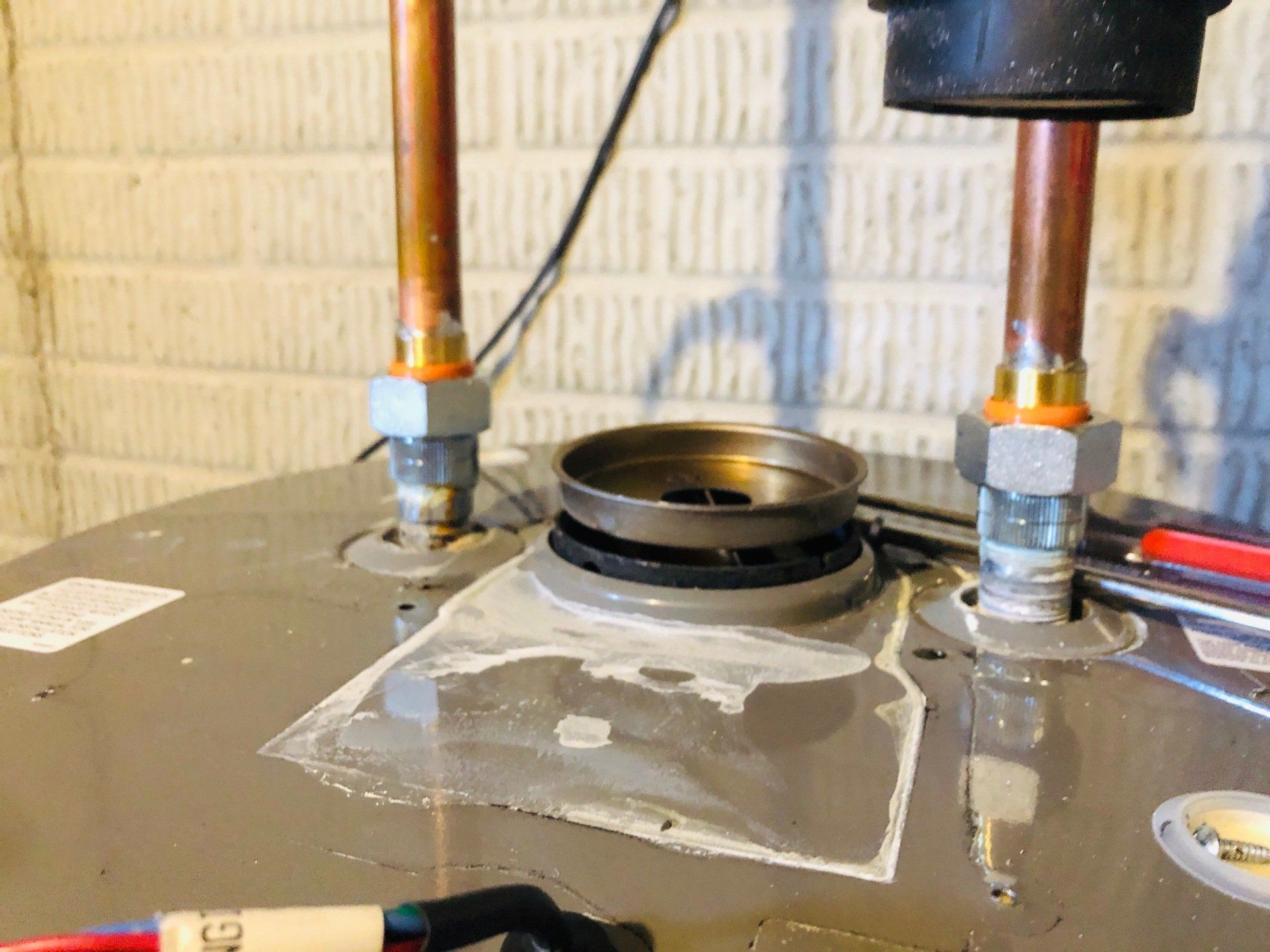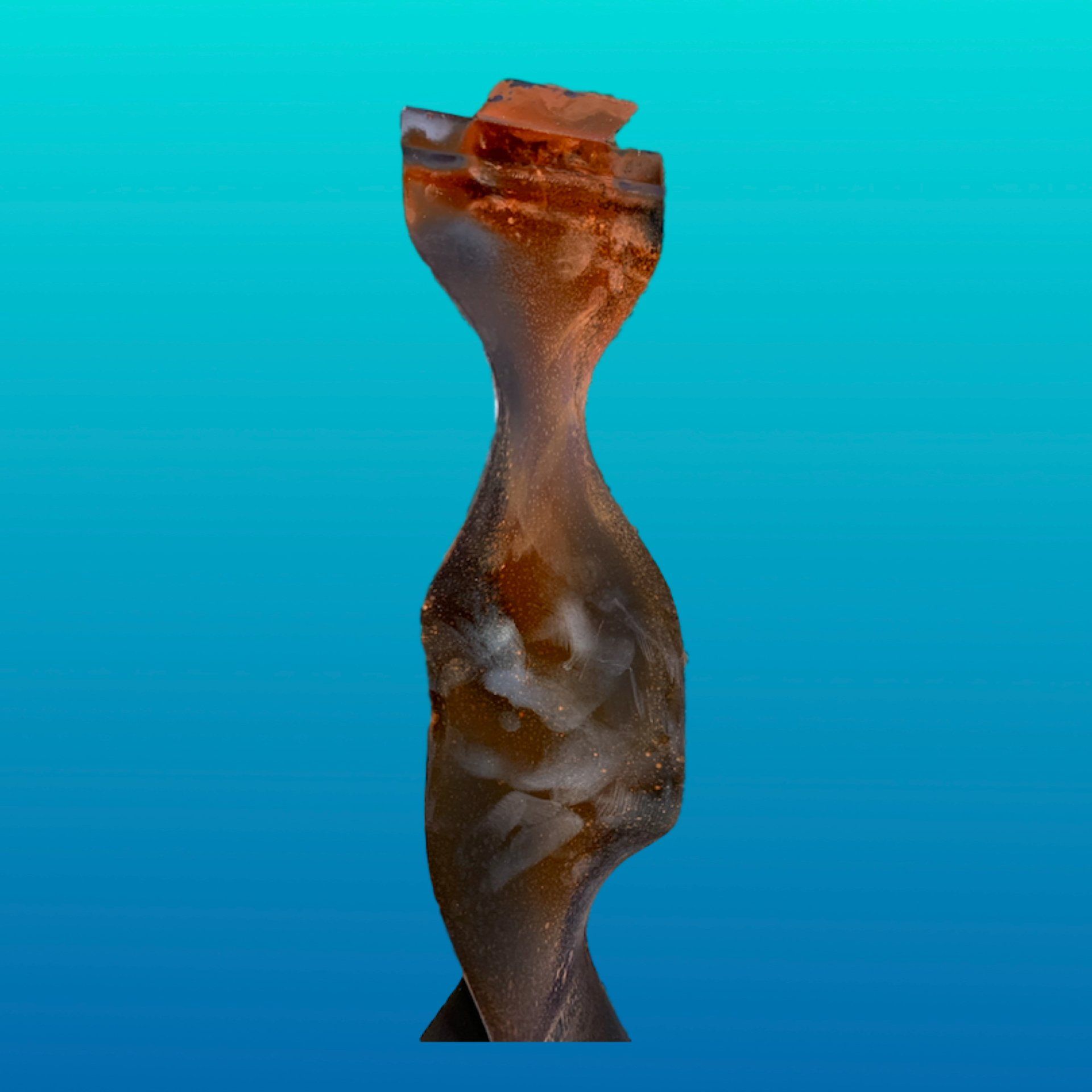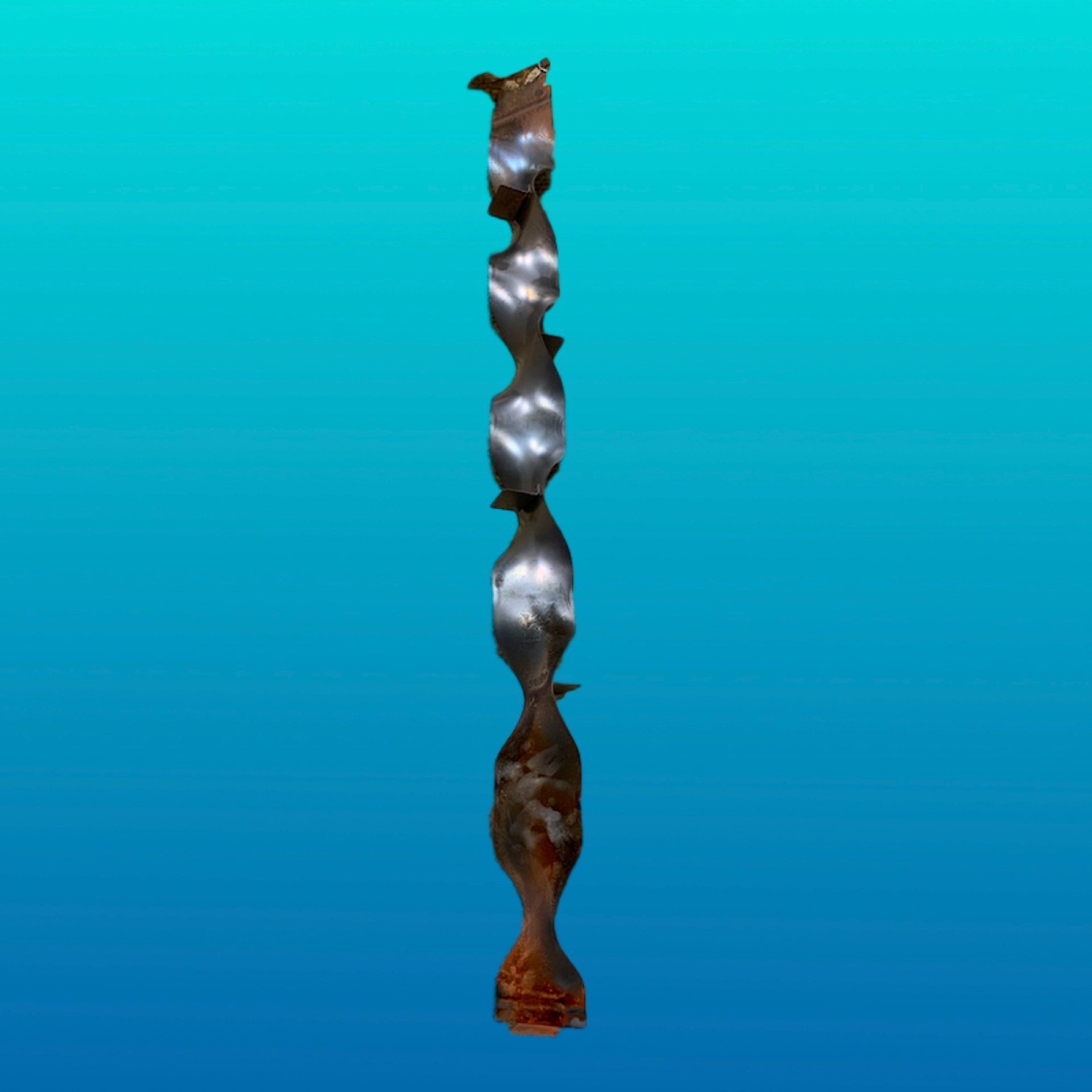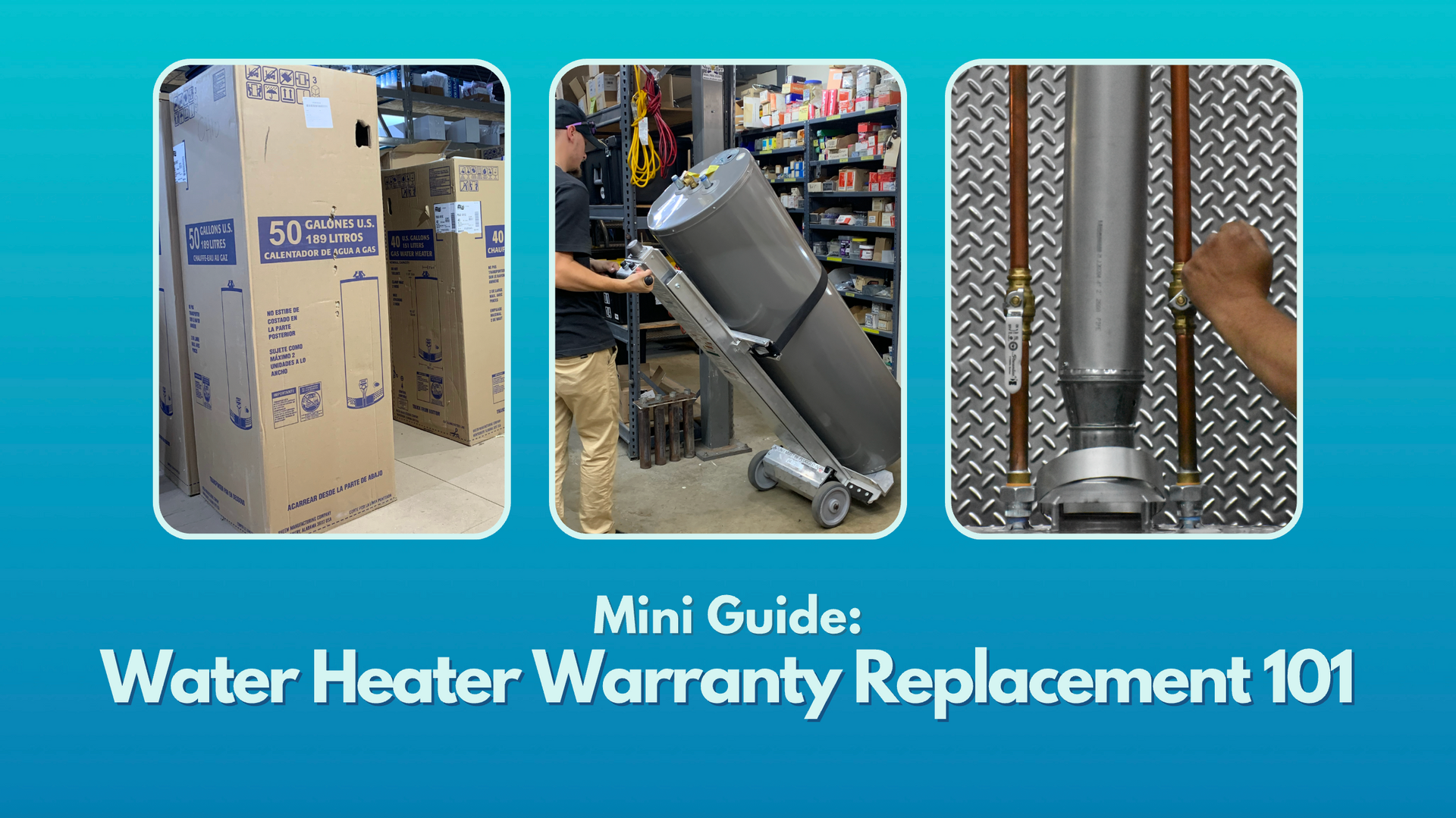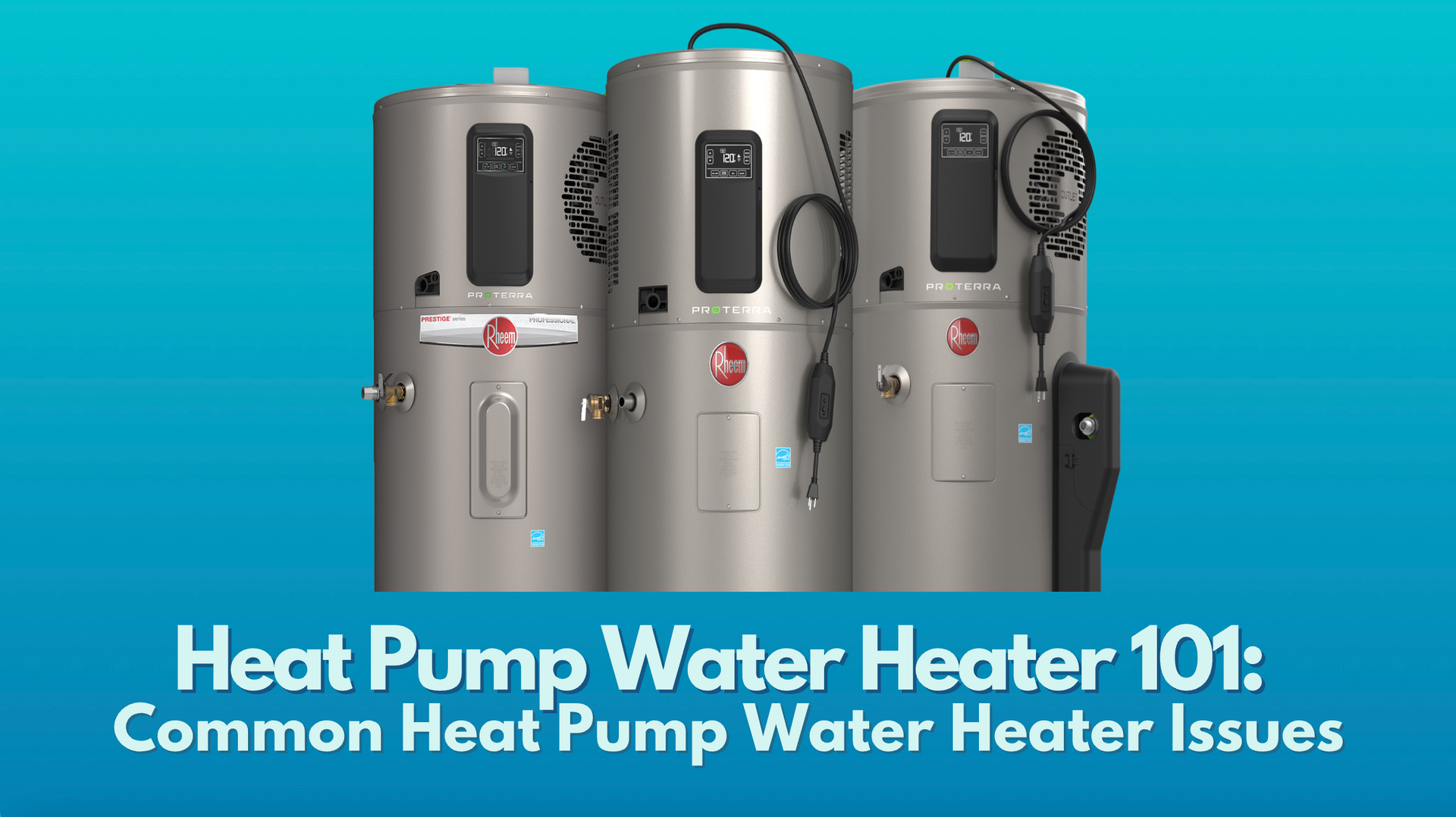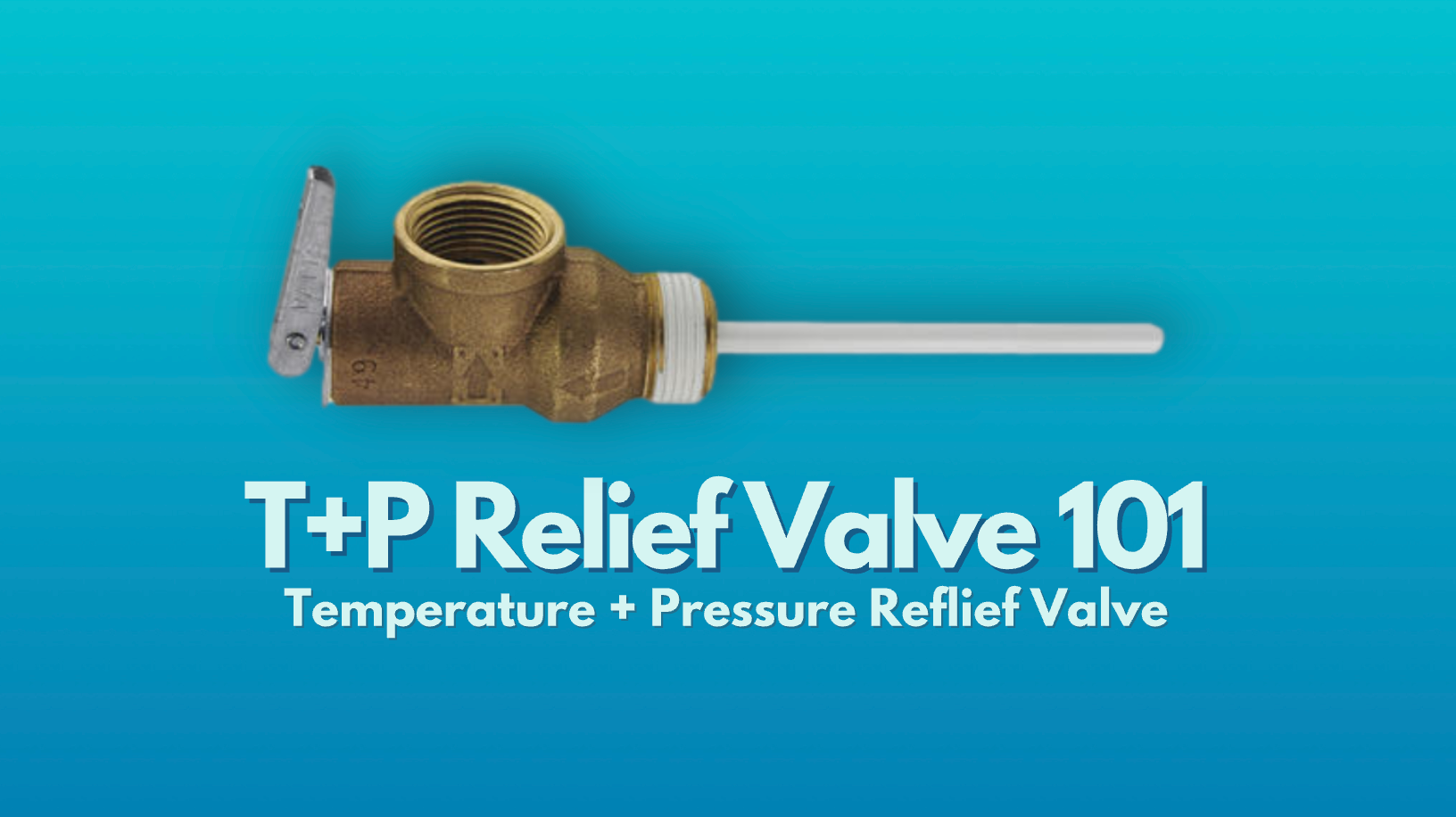Water Heater Flue Baffle 101
Article Contributors | Kevin Nelson + J. Trybulec
***DISCLAIMER: PLEASE REFER TO YOUR MANUFACTURER’S INSTALLATION MANUAL FOR INFORMATION REGARDING YOUR SPECIFIC MODEL. IF YOU ARE ATTEMPTING TO SERVICE YOUR OWN HEATER, PLEASE DO SO WITH CAUTION. THIS ARTICLE IS MEANT TO PROVIDE AN INFORMATIVE + EDUCATIONAL SUMMARY AND DOES NOT SUPERSEDE OFFICIAL ONSITE DIAGNOSIS/REPAIRS OR INFORMATION FROM YOUR UNIT’S MANUFACTURER***
What is a Flue Baffle?
A Flue Baffle is a helical piece of metal that works to slow down and aid the path of exhaust (flue) gases from the burner assembly, causing the gases to swirl on their upward path as they leave the unit. This process also affects the unit’s energy efficiency, as the gases’ swirling path spreads their heat up and around the tank, contributing to the tank’s ability to maintain its temperature prior to burning more gas to produce heat.
Flue gas is a combination of gases (exhaust) produced by the combustion of the natural gas the water heater is using to heat the water. The Flue Baffle’s goal is also to help push the exhaust up and out of the unit for safety purposes, as flue gas that does not dissipate can backdraft if there is a blockage along the venting path, sending exhaust gases (like carbon monoxide) back into your home.
How Do I Know if I Have a Flue Baffle?
The presence of a Flue Baffle is dependent upon the energy source and type of venting the unit requires. The main models that will have one are: Standard Atmospheric, Power Vents, and Damper Models, as all are gas units (meaning that they have flue gases to expel). In Power Vents and Damper Models, the Flue Baffle works with your unit’s blower or fan assembly and helps direct the path of the flue gases up and out, assisting the unit’s exhaust flow. Electric water heaters do not have a Flue Baffle.
Where is my Flue Baffle Located?
The Flue Baffle is typically located inside of the heater, directly beneath the vent hood (Standard Atmospheric) or the blower/fan assembly, and it runs directly down the center of the heater. You cannot see the Flue Baffle from the outside of the unit.
What are some common issues with Flue Baffles?
My water heater is making a rattling sound
Outside the possibility of condensation and issues with other parts, a common sign of an issue with Flue Baffles is a rattling sound coming from a heater. This is typically the result of the Flue Baffle being incorrectly seated/installed in the unit or the clips that secure the Flue Baffle down breaking off, or in some cases, having no clips at all.
Power Vent + Damper Models | My water heater is not operational/locked out and/or my water heater has a three flash code
If the Flue Baffle has come out of place, it is possible for the rising heat and the blower assembly to pull the Flue Baffle up (usually not completely, just the top “collar” of the baffle), which will block the blower and prevent the pressure switch from opening. This occurrence can also cause the blower to overheat, as the exhaust gases go out of the sides of the Flue Baffle, forcing it to shutdown as a form of a soft lockout for safety purposes.
Standard Atmospheric Units | My water heater is new and not operational
One of the most commonly overlooked issues on new water heaters is the placement of the Flue Baffle. Depending on the end user’s location and which manufacturing plant their water heater originated from, a unit’s Flue Baffle may be knocked out of place during transport. Because it is not an obvious issue, it often goes overlooked and may give a false appearance of a defective unit.
Are Flue Baffles expensive?
No | The most common Flue Baffles we work with cost between $15-$30 each. If a technician discovers an issue with the Flue Baffle while performing warranty service, the manufacturer will typically pay for the labor (if labor warranty is still active) and provide a new Flue Baffle kit if necessary.
Flue Baffle Maintenance?
(That's a thing?!)
Why Don’t You Stock Flue Baffles?
We do have a couple extra flue baffles in stock at our main warehouse, however, Flue Baffle issues are not very common. Additionally, there are a multitude of Flue Baffle variations, as each manufacturer producers their own Flue Baffle variations of differing lengths and diameter, for each of the different gallon size variations of their units.




